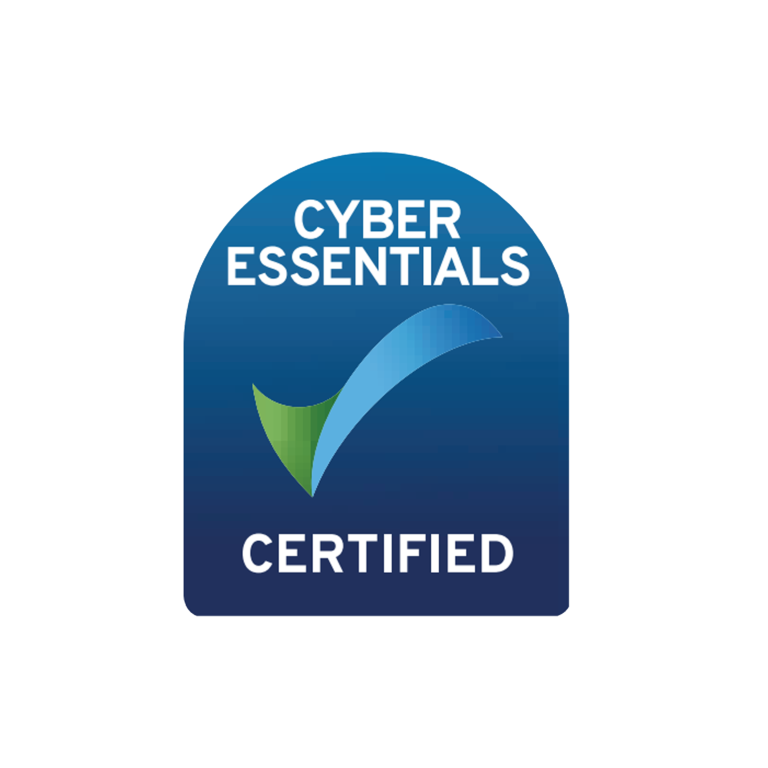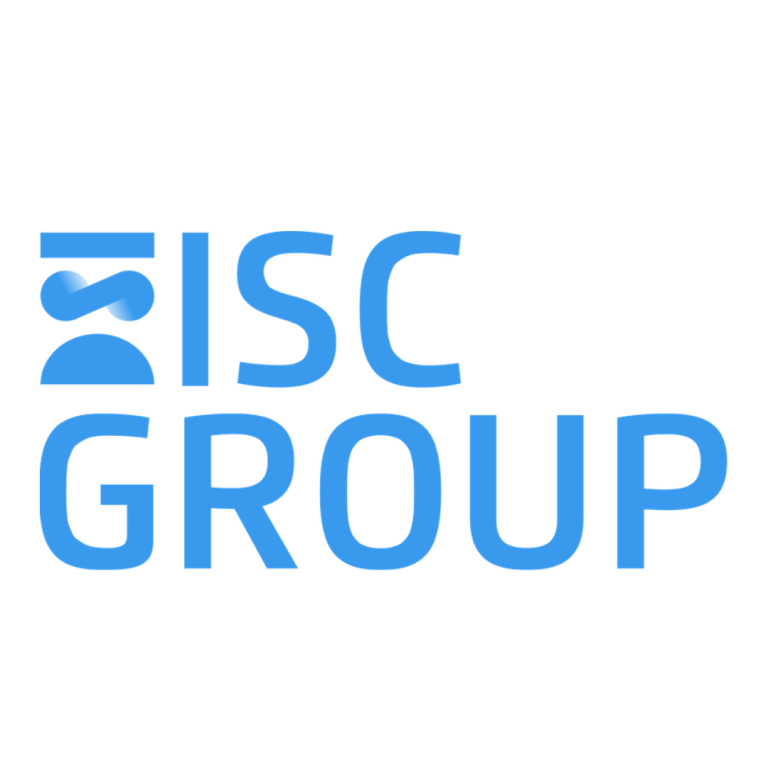
Underwriting Governance and Teamwork: New thinking for the challenges of a new age
GreenKite’s CEO Sara Ager recently authored the below insightful article for the Chartered Insurance Institute
In today’s rapidly evolving insurance landscape, establishing a robust culture of control and sound governance is essential for any firm’s underwriting success and profitability. Sara Ager, CEO at GreenKite, explores how effective governance, teamwork, and proactive risk management are vital in meeting regulatory expectations and ensuring sustainable growth. She also highlights the importance of adaptability in the face of regulatory developments, such as the Consumer Duty regime, and the evolving role of AI in underwriting practices.
Establishing an effective culture of control and sound governance practices is at the heart of any firm’s underwriting success and profit. This is clearly reflected in the regulator’s approach to supervision as well.
- Purpose: the business model, as understood by its employees, and what it stands for beyond shareholder return
- Leadership: the tone from the top; attitude, behaviour, competence, and observance of the rules
- Remuneration: incentivisation, recognition, and reward
- Governance: controls and key processes – namely, the checks and balances
Regulatory developments and their impact on underwriting
Quoted many times as stating its intention to become a more assertive regulator, we have seen numerous regulatory developments and interventions that have redefined the role of the Underwriter. SMCR created ownership and introduced the concept of personal liability. COVID required us to demonstrate adaptability, responsiveness, and resilience. However, the most notable change to our approach to underwriting risk has arguably been brought about by the Consumer Duty regime.
Challenges faced by underwriting teams
Consumer Duty has brought seismic change to the role, responsibility, required skill set and focus of the Underwriter. The challenge faced by underwriting teams to balance profitability while meeting cross-cutting rules, governance expectations, and demonstrating “good outcomes” through data is tough. Delegated underwriting is no longer purely about the profitability of the deal: underwriters must undertake in-depth due diligence on potential partners, remain accountable for the entirety of their supply chain including complete transparency on any cascading of authority and ensure that the end customer understands and receives what they envisaged.
The importance of teamwork and governance
Underwriters can no longer operate in isolation: they rely more and more on the wider business to support them. Unsurprisingly, the level of financial oversight, management, and data analysis the regulator now expects has revealed that some firms still lack the requisite experience and skill within their underwriting teams. Governance, job segregation, authorities, permissions, risk appetite, technology, and operational controls are all prerequisites for doing a good job and demand that an underwriter work as the central cog of their wider team. After all, no CUO wants to sign off on a fair value assessment when the implications under SMCR of getting it wrong could be seen as a breach of ICR2.
An ineffective governance framework or an operating model with silos or blurred lines will lead to inconsistent treatment, lack of clarity, management failure, and poor decision-making, which will ultimately cause customer detriment. By the same token, the challenge for any CUO is to build a strong underwriting team that creates effective working relationships across the entire business while remaining empowered to deliver for the customer and bring in new and existing revenue for the business. This means developing underwriters who operate within the agreed underwriting strategy, parameters, and appetites while maintaining an entrepreneurial spirit – a difficult balancing act indeed.
Effective teamwork and good governance should, and do, provide relief for the concerned CUO. The protection offered by skilled resources all working towards clear and common goals cannot be underestimated. Underwriting teams can no longer operate as an island; now more than ever, they must embrace a culture of teamwork and shared goals, and they must encourage openness and transparency of performance data. The challenge that remains is the need to embrace governance and teamwork in a way that they may never have done before. The framework itself aids the process by clarifying roles, responsibilities, reporting lines, and communication, thereby bridging the gap between theory and operational reality. Nonetheless, collaboration of this scale requires adaptation by all. Obviously, technical competence remains at the core of any underwriter’s recruitment; however, an effective CUO and SMF must also possess persuasive skills and personality traits that permeate everything they do and see. Failure to keep pace with change and the regulatory expectations of the role will ultimately result in the firm losing business to its competition and could lead to regulatory and reputational scrutiny.
Adapting to change and embracing AI
Firms lacking infrastructural and data governance controls required by any modern underwriting approach will struggle to compete. When it comes to AI, effective governance is the underwriter’s best friend. CUOs are ultimately accountable for what the ‘black box’ is doing, the decisions being made and ultimately the resultant profit/loss outcomes. At its most basic, AI is a rules-based decision engine, driven by probability and human-input rules. However, if unchecked or not properly controlled, the “black box” makes decisions for the underwriter, raising the stakes and increasing the risk. Regulators remain sceptical, and AI parameters, protection, and usage pose a major challenge for the industry. The creation of comprehensive underwriting data governance and control should be a top priority for all firms.
The road ahead: proactive risk management
The spotlight remains on all firms and CUOs to demonstrate that when facing change, uncertainty, and new levels of competition, they respond proactively. By managing risk appropriately, firms can and should be able to realise and take advantage of the enhanced competitive opportunities brought about by controlled underwriting, its process, practice, and governance. The key, however, is to ensure that this rules-based approach supports and aligns with market, customer, shareholder, and regulatory expectations. Those who combined the above competencies with “speed to market” will have created a compelling USP.
Read the article on the CII learning content hub here






